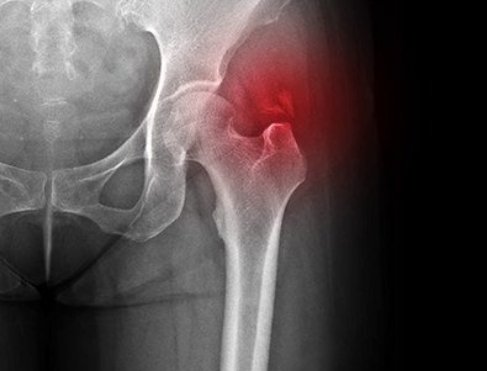Treating Calcific Tendinitis Glastonbury
Solutions for Stiff & Aching Tendons

If a tendon is constantly subjected to stress, such as repetitive movements, it gets irritated. One of the ways the body tries to protect itself against ongoing and further damage in the tendon is by depositing calcium in it. Think of it as a type of callus that forms in the stressed part of the tendon. Over time, the calcium deposit forms a nodule that can catch and cause calcific tendinitis. We can address chronic pain by treating calcific tendinitis in Glastonbury with regenerative medicine.
How is Calcific Tendinitis Diagnosed?

The most accurate and simplest way to diagnose calcific tendinitis is with a diagnostic musculoskeletal ultrasound. Ultrasound is more sensitive than either X-ray imaging or an MRI at identifying calcium deposits in tendons. Better yet, it can be done right here in our office! It’s completely painless and doesn’t involve X-ray radiation exposure.
How is Calcific Tendinitis Treated?

We always recommend trying a conservative approach first, consisting of physical therapy and perhaps special soft tissue treatments such as A.R.T. (Active Release Technique®) or Graston® treatment. Judicious use of corticosteroid injections may also be considered.
If the calcium deposit is small enough, sometimes it can be broken up with a needle and sucked out. The area is numbed first with some anesthetic, and a needle is guided into the calcium deposit using ultrasound guidance. The needle is used to chip the deposit into tiny pieces that are then sucked out.
When more conventional measures fail, here at the New England Stem Cell Institute, we use a special treatment known as the TenJet® to remove the calcium deposit non-surgically. The TenJet is like a power washer for tendons. After we numb up the target area, we insert the TenJet device, which is like a very small wand, and we guide it to the calcium deposit using ultrasound guidance. The TenJet® shoots pulses of high-pressure saline into the calcium deposit, breaking it up. Then, the pieces are sucked out through the wand. The entire process is virtually painless and is done right here in the office.
